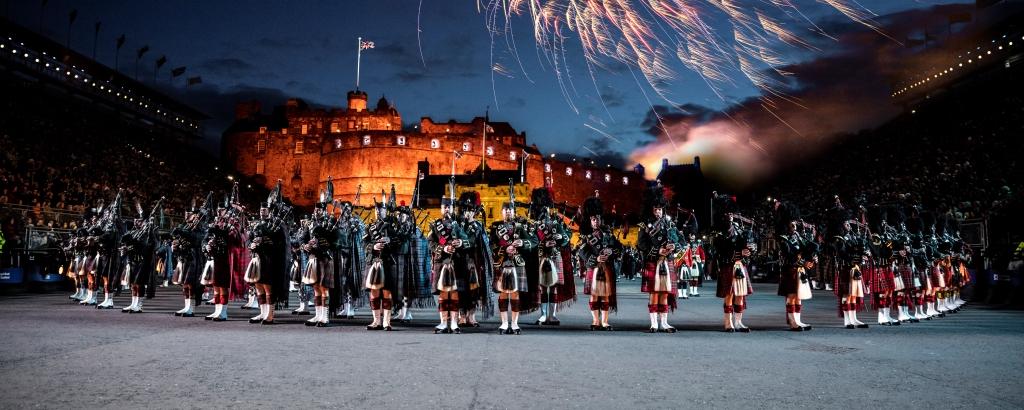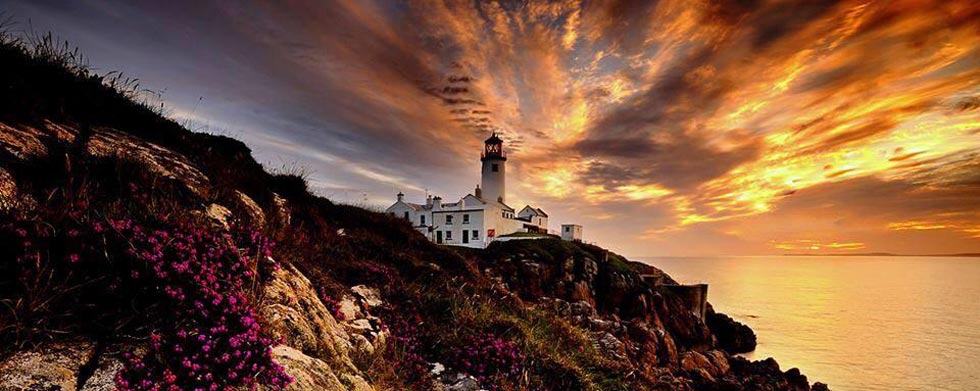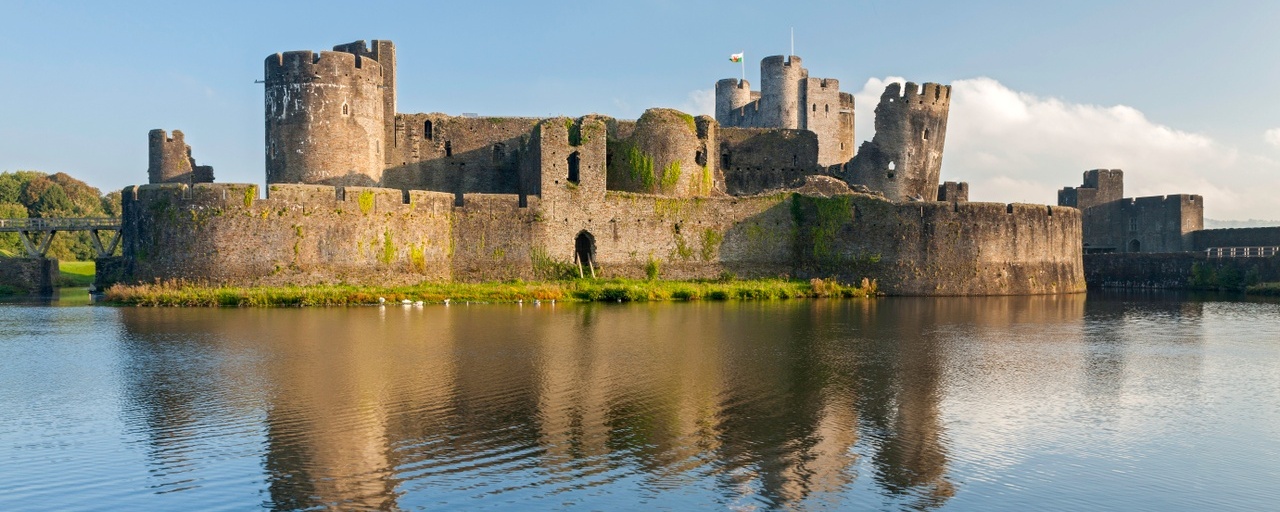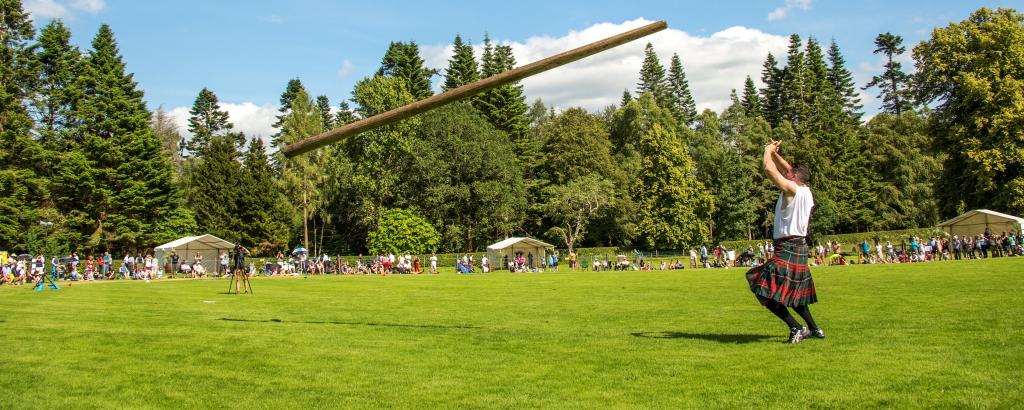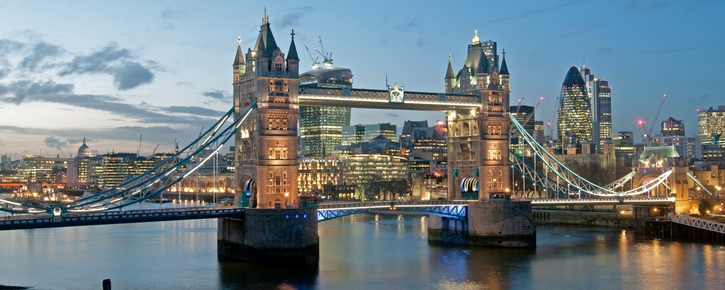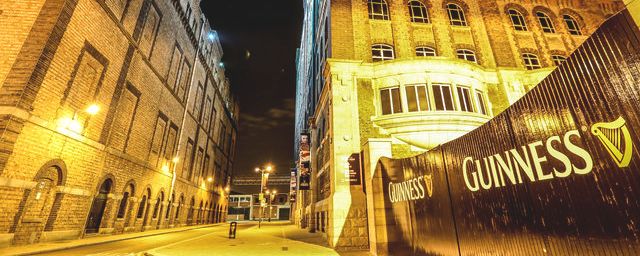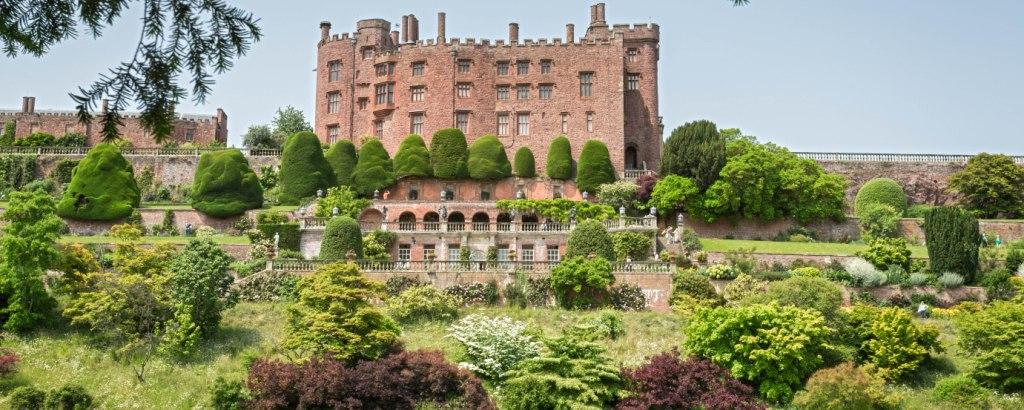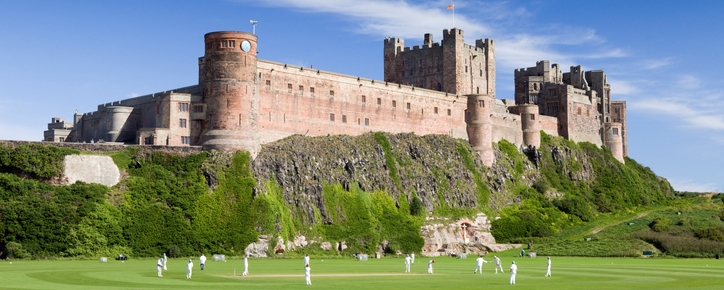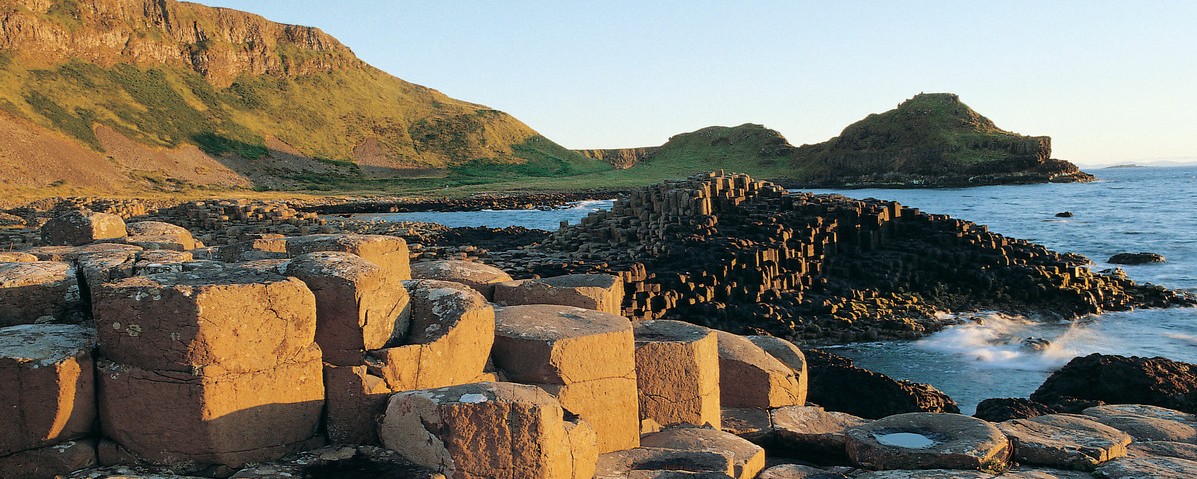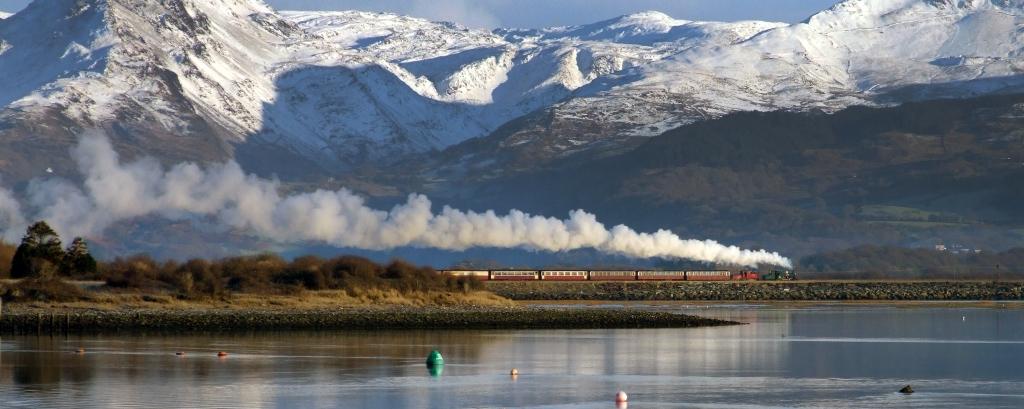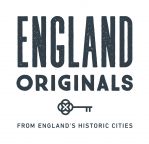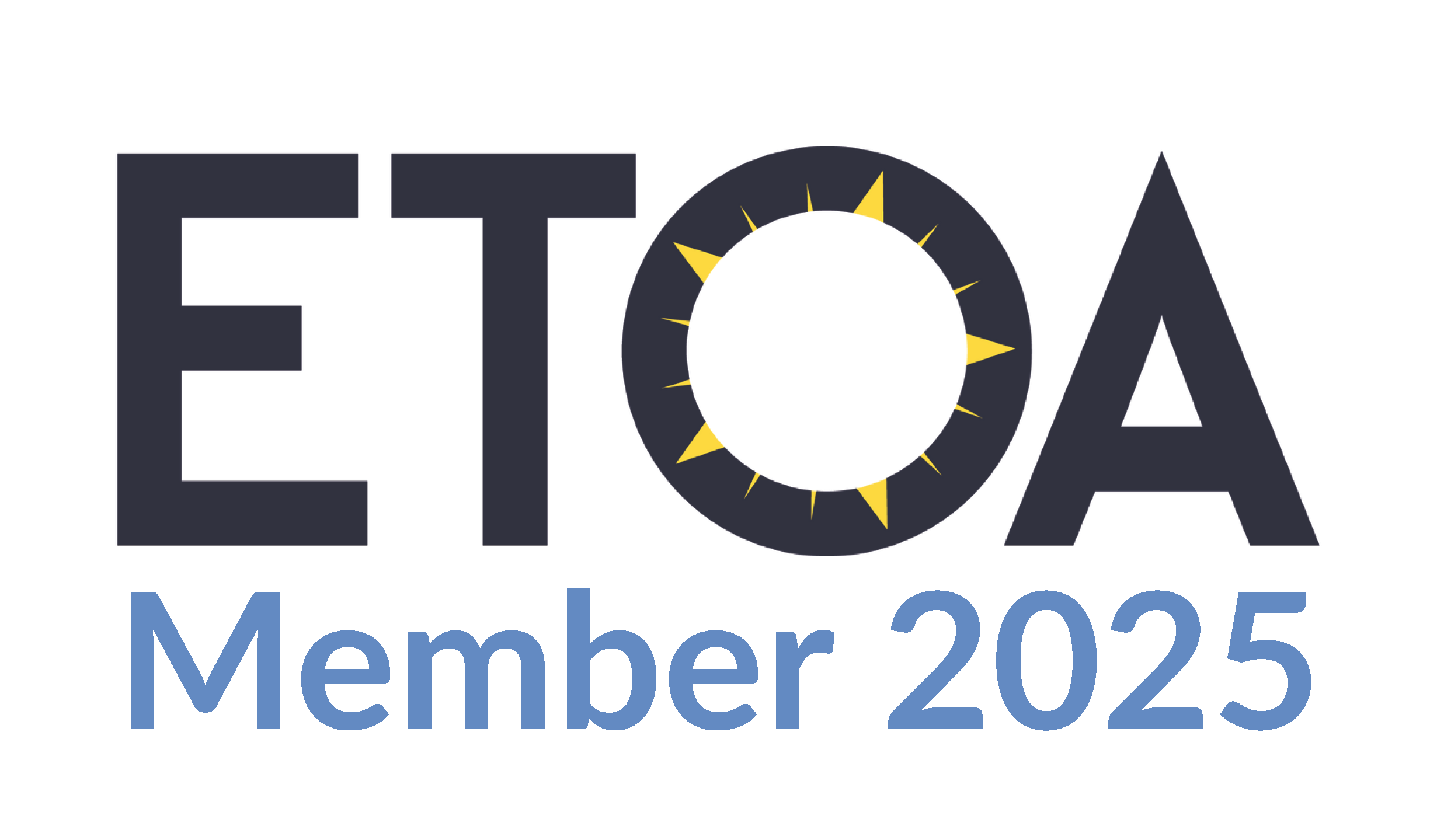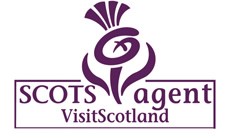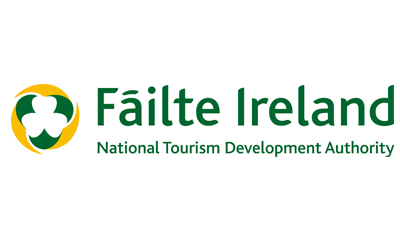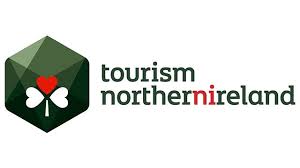Discover the UK and Ireland through archives and manuscripts
The Book of Kells, a splendidly illuminated 9th century manuscript, on display at Trinity College Dublin, is one of the most famous manuscripts in the world and one of Ireland’s leading tourist attractions. However, there are many other historically significant documents held in collections across the UK and Ireland, which shed light on the fascinating history of these countries. Why not discover the archives, collections and manuscripts of the UK and Ireland on one of our tailor-made tours?
 The Book of Kells at Trinity College, Dublin © Tourism Ireland
The Book of Kells at Trinity College, Dublin © Tourism Ireland
The National Library of Wales in Aberystwyth is Wales’s biggest library, with over 6.5 million books, and holds the largest collection of archives, maps and photographs in Wales. Overlooking Cardigan Bay, the National Library of Wales must have one of the best views of any library in the world! Regular events celebrating Welsh history and culture are held at the library as well as a programme of exhibitions.
 National Library of Wales
National Library of Wales
There are approximately 40,000 manuscripts in the library, dating back to 113 AD, and together they form the most important collection of Welsh manuscripts in the world. One of these treasurers is the Peniarth Manuscripts, a collection of medieval Welsh manuscripts that includes the Black Book of Carmarthen, the Book of Taliesin and the White Book of Rhydderch.
 Manuscript at the National Library of Wales
Manuscript at the National Library of Wales
The White Book of Rhydderch was probably written by scribes at Strata Florida Abbey in Ceredigion in the middle of the 14th century and contains the medieval Welsh tales known collectively as the Mabinogion, the earliest prose stories in Britain, which date back to the 12th and 13th centuries.
 Strata Florida Abbey, where the White Book of Rhydderch was probably written
Strata Florida Abbey, where the White Book of Rhydderch was probably written
Maps at the National Library of Wales include the Prima Europa Tabula, the earliest surviving geographical representation of Wales and one of the earliest printed maps of the British Isles, dating to 1486, and the Cambriae Typus, the earliest printed map specifically of Wales, produced by Humphrey Llwyd in 1568.
On the edge of the Snowdonia National Park sits the historic farmhouse of Tŷ Mawr Wybrnant, the birthplace of Bishop William Morgan who translated the Bible into Welsh. The first edition of the Welsh Bible appeared in 1588, before the King James Bible, and marked an important moment in the history of the Welsh language. Morgan gave the Welsh people easy access to biblical teachings and created a standard version of written Welsh for the first time. Copies of the bishop’s translation are on display in Ty Mawr, as well as a collection of family bibles and religious works in Welsh.
Gladstone’s Library in North East Wales is Britain’s finest residential library and its only Prime Ministerial library, founded by the Victorian statesman William Gladstone. It is the national memorial to his life and is home to 250,000 printed items, including a renowned collection of theological, historical, cultural and political materials. The library has 26 bedrooms, a café, and an annual programme of events based around William Gladstone's core interests of religion and theology, history and politics, and 19th-century literary culture.
 Gladstone’s Library in Hawarden, North East Wales
Gladstone’s Library in Hawarden, North East Wales
Close to the Welsh border on the river Wye, Hereford Cathedral is one of England’s finest cathedrals and home to the world’s largest surviving map from the Middle Ages – the Mappa Mundi. The Mappa Mundi is listed on UNESCO’s Memory of the World register and is described as the only complete example of a medieval world map intended for public display.
 Mappa Mundi Exhibition at Hereford Cathedral © Ash Mills Photography
Mappa Mundi Exhibition at Hereford Cathedral © Ash Mills Photography
The cathedral also houses the world’s oldest chain library and one of the few surviving copies of the famous Magna Carta. A chain library, where the books are literally kept under lock and key in chains, was one of the most widespread and effective ways of securing books in European libraries from the Middle Ages to the 18th century. The Magna Carta, agreed between King John and his barons at Runnymede in 1215, is one of the most famous documents in history. Magna Carta was subsequently revised a number of times and Hereford Cathedral possesses one of the four surviving charters issued by Henry III in 1217.
 Chain Library at Hereford Cathedral © Ash Mills Photography
Chain Library at Hereford Cathedral © Ash Mills Photography
Home to one of the world’s richest and most unique collection of books and manuscripts, the John Rylands Library in Manchester is housed in a breathtaking Victorian neo-Gothic building. The library opened to the public in 1900 and was founded by Enriqueta Augustina Rylands in memory of her husband John Rylands.
The special collections, believed to be among the largest in the UK, include medieval illuminated manuscripts, examples of early European printing, including a Gutenberg Bible, the second largest collection of printing by William Caxton, and The Rylands Library Papyrus P52, which is one of the earliest surviving fragments of a New Testament text. The library holds personal papers and letters of notable figures, among them the novelist Elizabeth Gaskell and chemist and physicist John Dalton.
 John Rylands Library, Manchester © VisitBritain / Simon Winnall
John Rylands Library, Manchester © VisitBritain / Simon Winnall
The British Library in London holds over 150 million items spanning over 3000 years of written history. Perhaps its most famous treasure is the Lindisfarne Gospels, acclaimed as the most spectacular manuscript dating from Anglo-Saxon England. An inscription later added to the Gospels provides evidence that this gloriously illustrated manuscript was the work of a monk at Lindisfarne, or Holy Island, in Northumberland in the 7th century.
The Anglo-Saxon Chronicle, probably begun at the command of King Alfred the Great in the 9th century, is another of the library’s treasures and is the first history of England in the English language. Of the nine copies and fragments that survive, seven now reside in the British Library.
The library also holds a rare First Folio of William Shakespeare plays. Collated and published in 1623, the work contains 36 of Shakespeare’s plays, 18 of which may not have survived without the printing of the First Folio. This is one of five owned by the library, out of the 234 known to survive worldwide, and is one of the earliest to have been printed.
The British Library houses one of the largest collections of maps in the world and this includes a fascinating first map of New York – the Duke’s Plan – which was probably presented to the Duke of York, after whom the town was named, when it was captured from the Dutch in 1664.
Formerly Armagh Public Library, Armagh Robinson Library is the oldest library in Ireland and home to a treasure trove of rarities, including a first edition of the classic Gulliver's Travels, corrected in Jonathan Swift's own handwriting.
 Armagh Robinson Library © Northern Ireland Tourist Board
Armagh Robinson Library © Northern Ireland Tourist Board
 Manuscript at Armagh Robinson Library © Northern Ireland Tourist Board
Manuscript at Armagh Robinson Library © Northern Ireland Tourist Board
The Linen Hall Library is one of Northern Ireland’s most important and fascinating cultural institutions. Founded in 1788 as the Belfast Reading Society, this is the oldest library in Belfast. Its Genealogical Collection is unsurpassed in Northern Ireland for the sheer numbers of published family histories on its shelves. The Linen Hall Library also houses the Gibson Collection, the largest collection of material relating to Robert Burns outside of Scotland.
One of the foremost private collections of artwork and artefacts in the UK is the Bute Collection at Mount Stuart, on the Isle of Bute in Scotland, which comprises a varied collection of paintings, archives, books, furniture, silverwork and porcelain. Mount Stuart is home to over 25,000 books from the Bute Collection, including works relating to theology, botany, agriculture, ornithology, travel, English fiction and Scottish history and literature.
 Mount Stuart on the Isle of Bute in Scotland
Mount Stuart on the Isle of Bute in Scotland
The Bute Archive at Mount Stuart dates from 1158 and is one of Scotland’s finest collections of historical treasures. Notable documents include eyewitness accounts of the execution of Mary, Queen of Scots in 1587, the Battle of Culloden in 1746 and the sinking of the Titanic in 1912. In 2016, it was revealed that a Shakespeare First Folio had been discovered in the library at Mount Stuart.
The National Library of Scotland in Edinburgh holds the national collection of Scottish manuscripts and includes many important historical documents, including the last letter of Mary, Queen of Scots, the order for the massacre of Glencoe in 1692 and several original signed copies of the National Covenant (1638-1639), the document that sparked off the mid-17th century civil wars in the three kingdoms of the British Isles.
There are, of course, many archives and collections throughout the UK and Ireland, covering all aspects of history, from ancient times to the present day. Janet Redler Travel can put together the perfect tour for you or your group, taking in the archives and collections that match your interests – from medieval manuscripts to 19th century politics, or from genealogy to literary giants. Please do contact us to find out more.
